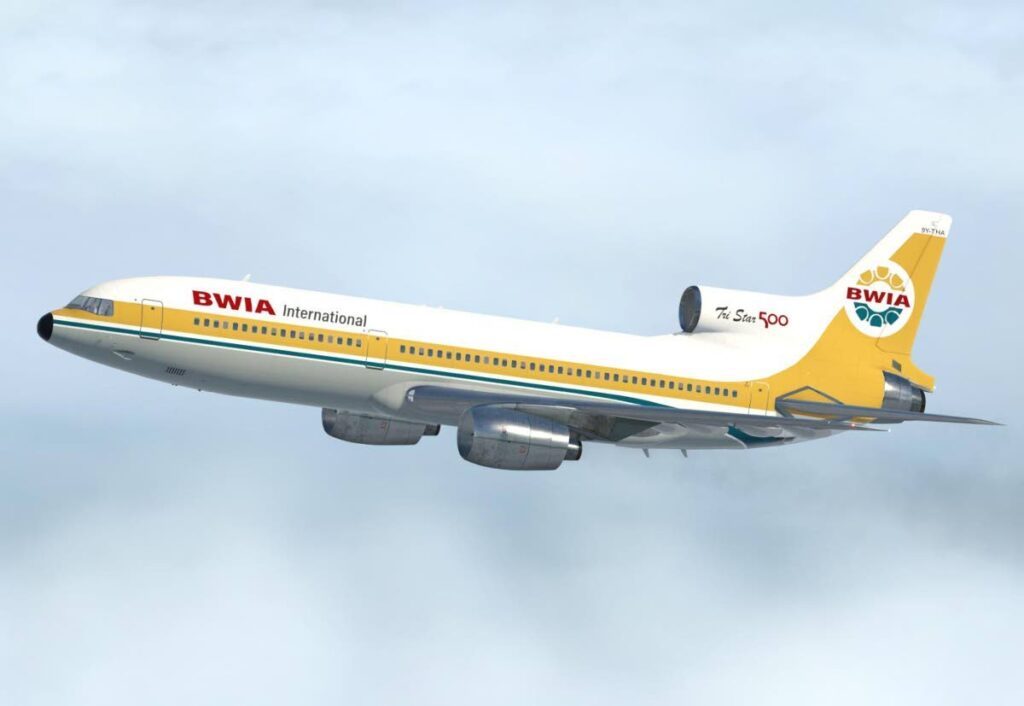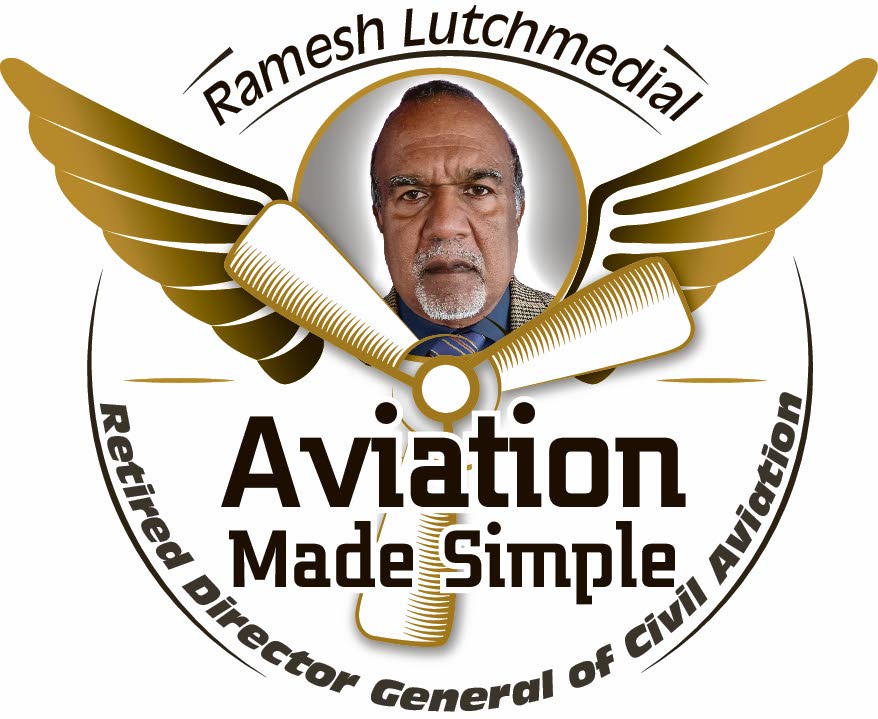BWIA takes flight

PART TWO
In 1968, the jet age in BWIA continued with the purchase of two Boeing 707-138B aircraft from Qantas Airlines in Australia.
In a 1971 non-cash transaction, BWIA and Braniff Airlines entered into an aircraft swap agreement.
In 1974, BWIA increased the size of its Boeing 707 fleet by purchasing four Boeing 707- 351C from Northwest Airlines and two Boeing 707-321C from Pan Am.
The London route was restarted in 1975 using Boeing 707-321C aircraft.
Also, in 1974, the TT government started an airline: TT Air Services (TTAS) to operate the domestic airbridge.
TTAS operated a fleet of six British Avro Hawker Siddeley HS 748 turboprop aircraft.
In February 1978, BWIA pilots went on strike over the dismissal of a colleague.
After the pilots ignored a call to return to work, BWIA terminated the entire pilot body which led to the grounding of the airline for eight months.
After the strike was settled, the vast majority of the pilots were re-employed.
Parliament subsequently established the TT (BWIA International) Airways Corporation through Act 50 of 1978 which was assented to on December 28, 1978.
Under the provisions of the act, the assets, liabilities and obligations of British West Indian Airways Ltd, a company incorporated on June 24, 1948, and TT Air Services Ltd, a company incorporated on May 24, 1974, were vested in the new corporation under an Airline Undertaking Vesting Order.
This effectively consolidated the operations of BWIA Airways Ltd and TT Air Services Ltd (TTAS) into a single airline which maintained the existing livery with the steel pan logo on the tail and the TT flag adjacent to the "BWIA International" on the fuselage.
Banker Philip Rochford was appointed the chairman of the board of the corporation.
The government assumed the responsibility for all the outstanding debts and the new corporation commenced operations with a clean balance sheet.
The government acquired four new Lockheed L1011-500 aircraft for BWIA to operate long-haul routes, in particular routes to London and other European cities such as Frankfurt, Zurich and Cologne.
The government also acquired five DC-9 aircraft, four DC9-51s and one DC9-34CF convertible freighter to operate intra-Caribbean routes.
The airline completed the phasing out of Boeing 707 fleet by 1983.
Two of the Boeing 707- 351C with the large cargo doors were given to the Barbados-based joint venture cargo airline Caricargo and represented the TT government’s equity in the company.
In 1986, BWIA leased its first McDonnell Douglas MD-83 from Irish Aerospace to replace the McDonnell Douglas DC fleet.
The MD83 had the range to operate flights into New York and Toronto.

The airline eventually operated nine MD-83 aircraft with the last three being equipped with the Electronic Flight Instrument System (EFIS) cockpits, a flight instrument display system that displays flight data electronically rather than electro-mechanically as was the case with the first six MD83 aircraft.
Because of these cockpit differences, the same cockpit crew could not operate both types of cockpit configuration requiring separate crews.
This increased cockpit crew costs, causing the airline to retrofit the first six MD83 aircraft with the EFIS cockpits.
Despite changes in its top leadership, the airline continued to incur significant losses requiring government cash bailouts.
In early 1993, the Patrick Manning administration decided BWIA was a perennial drain on the state finances requiring the government to wean BWIA from its dependence on the public purse. As a result, the government decided to divest its ownership of BWIA as it could no longer carry the burden of the airline's sustained losses.
At that time, Kenneth Valley, Minister of Industry and Trade was also a minister in the Ministry of Finance.
A divestment unit was established within the Ministry of Finance led by Valley. A top priority of the unit was the privatisation of BWIA.
The government began searching for a private sector partner to engage in the restructuring and divestment of BWIA.
On July 15, 1994, the government, the Acker Group and Loeb Corporation and BWIA entered into a memorandum of understanding for the recapitalisation and privatisation of BWIA.
Representatives of the four unions representing the BWIA employees were seriously opposed to any privatisation arrangements with the Acker group led by Edward Acker former CEO of Braniff Airlines, Air Florida and Pan American World Airways.
The union met with then Finance Minister Wendell Mottley to voice their concerns about the Acker group.
Mottley informed the union representatives that the government could no longer carry the losses of BWIA and that "Acker was the last bird in hand."
The unions subsequently held discussions with Valley who arranged meetings between the unions and representatives of the Acker Group and the Loeb Corporation.
At these meetings, the unions were advised that the objective of privatisation to achieve profitability for BWIA hinged on a two-pronged approach – reduce operating costs and increase revenues.
In the classes of shares issued by the new BWIA, the government had one golden share which was held by the Minister of Finance.
The rights of the golden share required the government to approve among other things, any substantial sale of shares, any change in the location of the head office and the appointment, compensation and dismissal of officers such as the chairman and CEO.
The employee unions agreed to participate in the privatisation exercise and in December 1994 signed a MoU with the government.
The objective of the MoU was to enable the employees to purchase 25.5 per cent of common shares out of the government’s 49 per cent shares of the new BWIA.
There was also an undertaking to provide for the continuity of all collective agreements in the BWIA International Airways Ltd Vesting Act.
The employees were allocated 15.5 per cent shares with the new BWIA and another ten per cent through an Employee Stock Ownership Plan (ESOP).
On February 15, 1995, the Vesting Act enacted by Parliament came into effect giving legitimacy to the privatisation.
The employees were allowed to nominate two people to serve on the board of directors of the new BWIA.
To be continued in Part Three.

Comments
"BWIA takes flight"